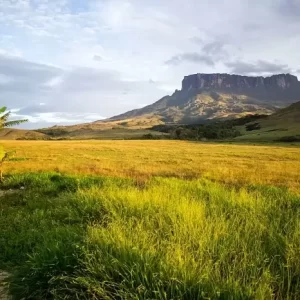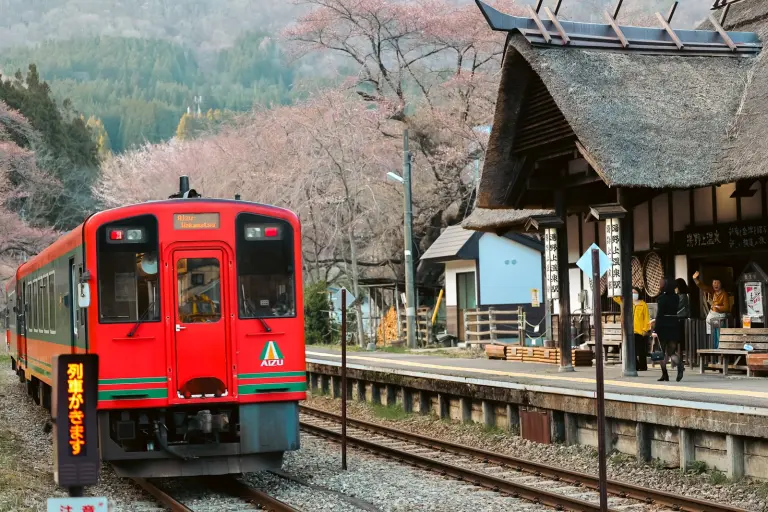Amid the rugged limestone cliffs embracing Beaver Creek in central Arizona stands Montezuma Castle National Monument—a silent witness to the passage of time. As one of the most remarkable ancient architectural sites in the Southwestern United States, it was crafted by the Sinagua people, a pre-Columbian culture known for their ingenuity and craftsmanship.
If you seek a journey rich in history, culture, and natural beauty, Montezuma Castle National Monument promises an unforgettable experience.
The Timeless Appeal of Montezuma Castle
Perched approximately 90 feet (27 meters) above the ground, Montezuma Castle is a multi-story complex with 20 rooms, skillfully built into a limestone cliff. Spanning about 3,500 square feet (325 square meters), this structure could accommodate up to 50 people. It resembles an ancient apartment complex more than a castle, despite its 19th-century European name.
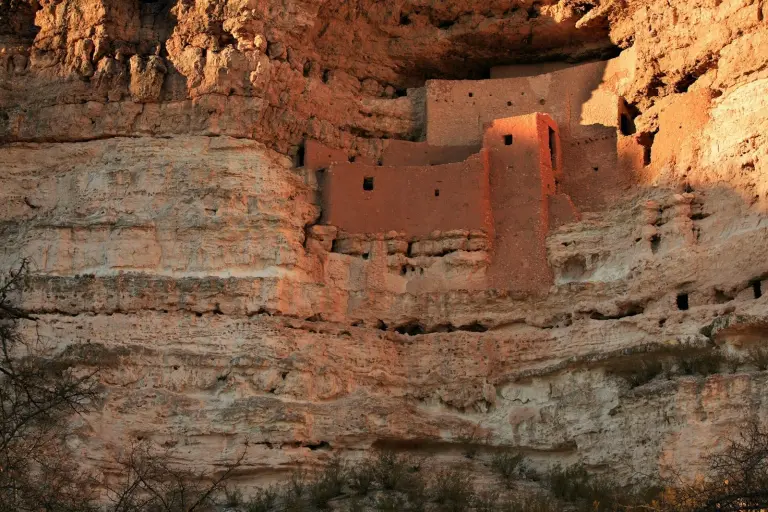
The name “Montezuma Castle” is intriguing yet historically inaccurate. It has no connection to Emperor Montezuma of the Aztecs, who lived at least a century after the Sinagua people. Archaeologists have dated the cliff dwellings to the 12th century, with their use continuing into the late 13th century.
Unique Architecture and Advanced Techniques
The Sinagua people utilized limestone, mud, and wood to construct the sturdy walls of their homes. Access to the rooms was through wooden ladders, which could be removed for safety. Inside, the walls were carefully plastered and adorned with hues of red, yellow, black, and white, showcasing the artistic sophistication of the era.
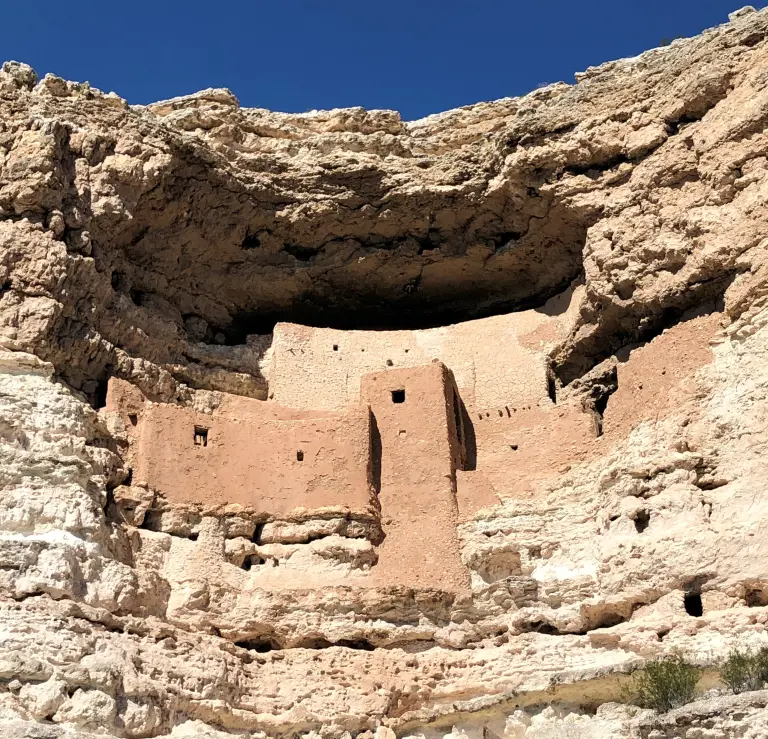
These rooms served more than residential purposes; some were used for ceremonial or religious activities, underscoring the spiritual significance of this site for the Sinagua community.
The Sinagua Lifestyle: Living in Harmony with Nature
The Sinagua people at Montezuma Castle thrived on agriculture, hunting, and trade. They cultivated fertile floodplains along Beaver Creek, growing corn, beans, squash, and cotton. They also hunted deer, rabbits, squirrels, and local birds.
Additionally, they engaged in trade with neighboring cultures such as the Anasazi, Mogollon, and Salado, exchanging goods like pottery, turquoise, shells, and other precious items. The Sinagua’s craftsmanship in weaving, basketry, and jewelry highlights their skill and refined aesthetic sensibilities.
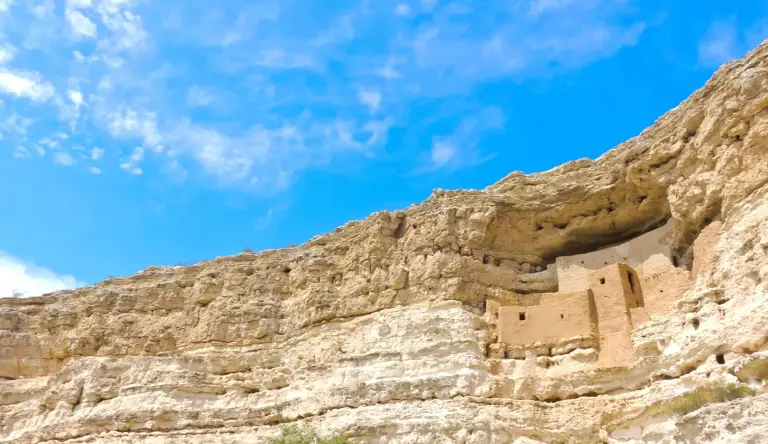
The Mysterious Disappearance
By the late 13th century, the Sinagua abandoned Montezuma Castle abruptly. The reasons remain a mystery. Theories suggest they faced prolonged drought, conflicts, disease, or environmental degradation.
Despite their departure, the Sinagua people likely merged with other cultures such as the Hopi and Yavapai. Today, many Hopi clans regard Montezuma Castle as a sacred site and occasionally conduct ceremonies there.
Montezuma Castle Through Time: From Preservation to World Heritage
Designated a National Monument by President Theodore Roosevelt in 1906, Montezuma Castle was one of the first sites in the U.S. preserved for its historical and cultural significance.
In 1978, along with three other sites, Montezuma Castle was recognized as a UNESCO World Heritage Site, emphasizing its global importance as an ancient wonder.
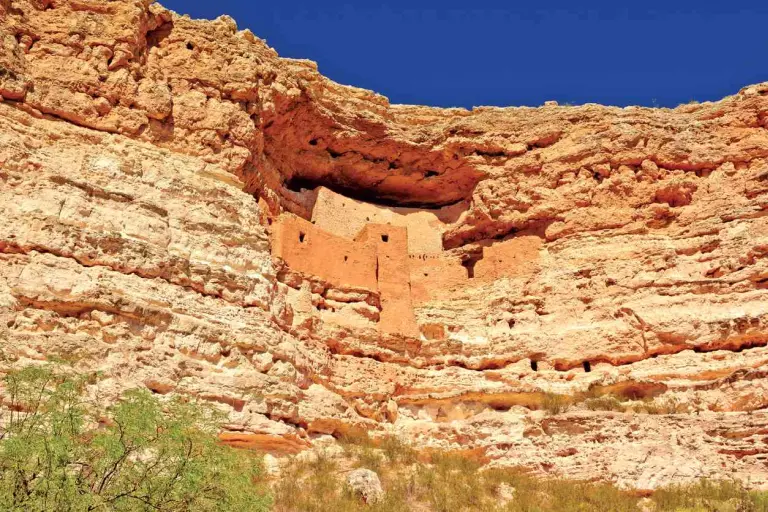
Visiting Montezuma Castle: A Journey into the Past
Hours and Services
The site is open daily from 8:00 AM to 5:00 PM, except on Christmas Day. Admission costs $10 for visitors aged 16 and older, while children under 16 enter for free.
The visitor center features exhibits, guidebooks, and amenities such as restrooms. A paved pathway leads to a viewing area where visitors can admire the cliff dwelling from a safe distance. For preservation reasons, access inside or onto the dwelling is not permitted.
Nearby Amenities
The surrounding area includes picnic spots and nearby campgrounds, perfect for those seeking to enjoy the fresh air and wild beauty of Arizona.
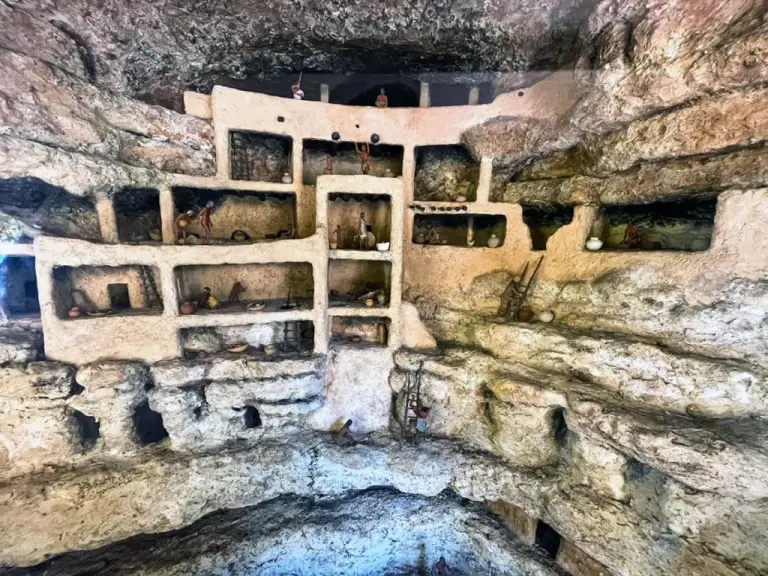
Montezuma Castle: A Gem in the Heart of the Desert
Montezuma Castle is not just an ancient architectural masterpiece but also a portal to the past, where humans and nature intertwined. It stands as a testament to the Sinagua people’s creativity and adaptability and reminds us of the importance of preserving our shared heritage.
If you’re searching for a destination where history, culture, and nature converge, let Montezuma Castle be your next stop. A moment of quiet reflection upon the cliffside dwelling can evoke a profound connection to the timeless bond between humanity and the flow of time.



